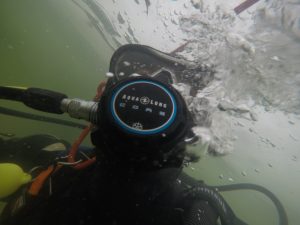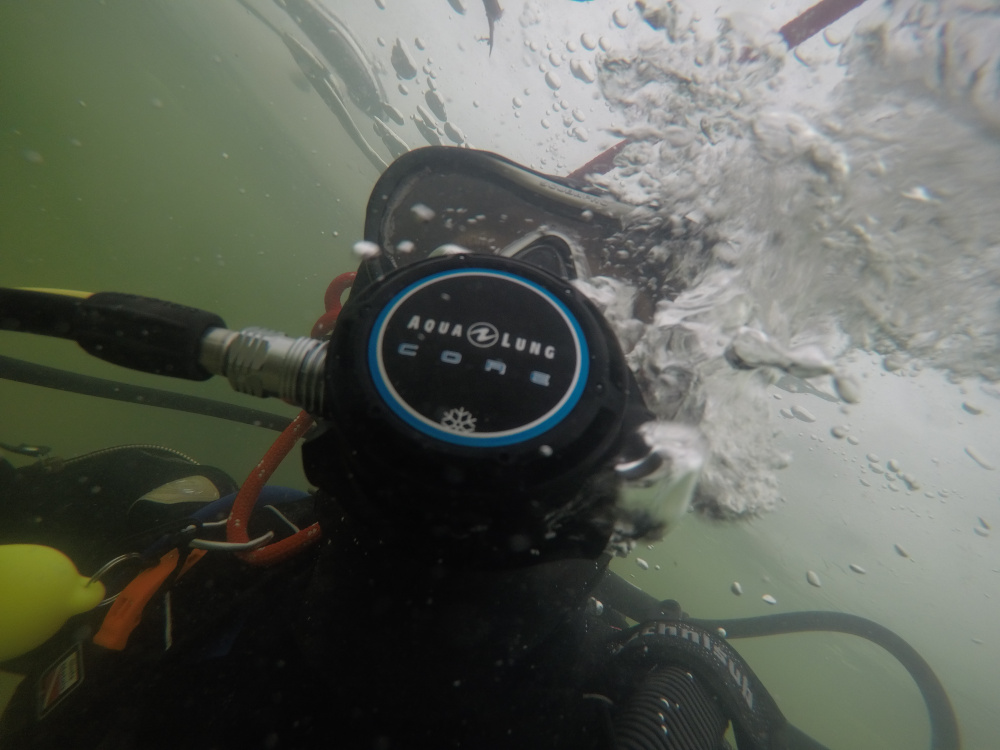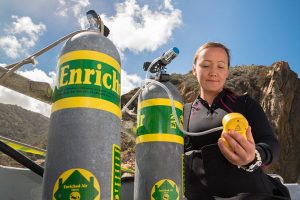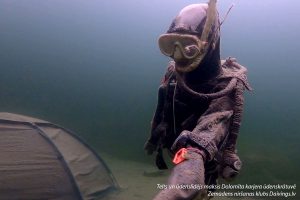First medical aid for victims of hypothermia rescued from water! Remember that timely notification of an accident is a decisive factor in saving life! Emergency services take care of accidents at sea:
Phone 115 (emergency service).
The emergency telephone number of the State Fire and Rescue Service is 112.

Table of Contents
First aid for victims in water
- Look for victims long enough! It is possible to survive even if a person is in cold water for many hours.
- Ask the Maritime Search and Rescue Coordination Center for assistance in determining whether to suspend or continue the search.
- Do not expect any help from the person who needs saving. He will not be able to use his fingers and hands to their full extent and perform coordinated movements. Reaching up to grab the rope can result in the victim sinking and drowning.
- If the conditions allow, the rescued person should always be kept in a horizontal position, even when he is taken out of the water.
- A person with hypothermia should be placed in a supine position and kept at rest (still). Cover the victim thoroughly with blankets or polythene films/bags to prevent the risk of further cooling, covering the head, neck and as much of the face as possible.
- When the person is brought to a warm room (+20 to +25 °C), take off the wet clothing. The clothes are cut with scissors to move the victim's body as little as possible.
- Do not allow the victim to stand up, except in cases where the temperature is higher than +36 °C.
- Give the victim sweet drinks, do not give alcohol or caffeine-containing liquids.
- Keep an eye on the victim at all times.
- Ask for medical advice. If possible, give breathing oxygen.
What to do if a person is unconscious
- Place the victim in the recovery position. Monitors breathing and pulse.
- Watch for vomiting and be ready to clear the airway.
- Be ready to act in case of sudden cardiac or respiratory arrest. CPR is performed only if no pulse or breathing is felt for more than two minutes.
- Remember that in hypothermia the blood pressure is very low. Pulse and breathing are very slow. Any mechanical impact on the body in this position can cause cardiac arrest.
The person is not breathing and has no pulse for more than two minutes
- If you are not sure that the person has not had a heartbeat for more than one hour, and if there are no permanent signs of death (trauma, decay), successful resuscitation may be possible.
- Give your brain oxygen! Begin rhythmic CPR immediately. If possible, use a chest breathing device to improve efficiency.
- blow air into your lungs. Use an artificial breathing tube (such as a combination tube device) if possible, otherwise use a breathing bag/mask or give mouth-to-mouth breathing.
- Keep an eye on the victim at all times. – Ask for medical advice. If possible, give breathing oxygen.
- The person is unconscious – Place the victim in the recovery position. Monitors breathing and pulse.
- Watch for vomiting and be ready to clear the airway.
- Be ready to act in case of sudden cardiac or respiratory arrest. CPR is performed only if no pulse or breathing is felt for more than two minutes. Remember that in hypothermia the blood pressure is very low. Pulse and breathing are very slow. Any mechanical impact on the body in this position can cause cardiac arrest.
Follow the instructions you learned during CPR training. Do not stop until your doctor tells you to.
What to do to prepare for rescue
- Learn the theory of hypothermia and drowning, first aid and CPR.
- Regularly update your knowledge by learning the latest procedures.
- Know the procedures and familiarize yourself with the equipment on board for rescuing people from water.

Photo diving club Divings.lv
Learn more about human survival in hypothermic conditions
- Abandoning the watercraft and ship in an emergency
- Human survival in the sea, cold water in autumn and winter
- The benefits of a cold bath are why you need to do it
- Diving in autumn and winter in Latvian waters
- Motivational technique for a cold winter swim
- Assisting water rescuers with hypothermia
Where to apply for rescue training in Latvia?
🤿😀 If you are looking for diving advice or advice on the sport of scuba diving with or without balloons, call a PADI Diver Instructor (PADI diving instructor and lecturer Valters Preimanis) t. 220-77-202 (WhatsApp 220-77-202).



